Optimize Your Digital Experience with Orbitype: Headless CMS vs Rest API, Jamstack CMS & React Headless CMS

Overcoming Content Management Challenges in a Rapidly Evolving Digital Space
Businesses, developers, and content creators face a common challenge—how to efficiently manage and deliver content across multiple platforms. Traditional content management systems (CMS) often struggle with flexibility, making it difficult to keep up with modern web development practices. As digital demands evolve, teams need a solution that seamlessly integrates with the latest technologies, ensuring future-proof, scalable, and efficient content delivery.
Common Pain Points in Content Management
Traditional CMS platforms often come with various limitations. They bind content to a specific front-end framework, making it difficult to reuse content across different platforms. Server-rendered content can slow down page load times, leading to poor user experiences and lower search rankings. Additionally, as businesses grow, their content needs expand, requiring a more flexible and scalable approach. Many teams also struggle with content updates, requiring developers to make manual changes rather than enabling seamless collaboration between developers and content teams.
The Solution: A Modern Headless CMS with AI-Powered Automation
To tackle these challenges, businesses are shifting towards headless CMS solutions like Orbitype, which leverages AI-driven automation to streamline content management. Unlike traditional CMS platforms, headless CMS solutions provide flexibility, scalability, and seamless integration with various front-end frameworks.
Understanding Headless CMS and Its Advantages
A headless CMS is a back-end content management system that separates the content repository from the presentation layer. This means that instead of being tied to a specific front-end, the content is delivered via an API, allowing developers to use any framework or platform to display it.
With a headless CMS, businesses gain the following advantages:
Flexibility: Content can be delivered to any device, application, or front-end framework.
Better Performance: API-driven content delivery speeds up page load times.
Scalability: Easily manage growing content demands without performance bottlenecks.
Developer Freedom: Use any front-end framework like React, Vue, or Angular without CMS constraints.
Future-Proofing: Adapt to new technologies without overhauling the CMS.
Headless CMS vs REST API: What’s the Difference?
Many developers use a REST API-based CMS for content delivery, but there are key differences. While a REST API CMS provides content via APIs, it often retains some traditional CMS limitations. A true headless CMS like Orbitype is designed from the ground up to be API-first, offering greater flexibility and performance.
With a headless CMS, content is completely decoupled from the front end, allowing developers to choose any framework to display their content without being restricted by back-end limitations. On the other hand, a REST API CMS is still somewhat tied to its originating platform, requiring additional workarounds to integrate with modern development workflows.
JAMstack CMS: The Future of Web Development
JAMstack (JavaScript, APIs, and Markup) is a modern architecture that improves website speed, security, and scalability. A JAMstack CMS integrates with static site generators like Next.js, Gatsby, and Nuxt.js, making it ideal for building highly performant websites.
By leveraging a JAMstack CMS, businesses can benefit from:
Faster load times with pre-rendered static content
Improved security with reduced server vulnerabilities
Better developer experience with Git-based workflows
Orbitype’s headless CMS aligns perfectly with JAMstack principles, ensuring seamless API-driven content management that enhances site performance.
React Headless CMS: Why It’s a Game-Changer
With React being one of the most popular front-end frameworks, a React Headless CMS like Orbitype provides powerful integration capabilities. It enables dynamic content updates without page reloads, enhances developer experience with React components, and optimizes SEO and performance with server-side rendering (SSR) or static site generation (SSG).
Orbitype makes it easy to connect content with React-based applications, allowing teams to build engaging, interactive experiences while keeping content management flexible and efficient. For businesses also running Vue-based projects, see how Orbitype delivers optimized content for Vue.js in The Best Headless CMS for Vue in 2024: Optimize Your Digital Strategy.
Why Choose Orbitype for Your Headless CMS Solution?
Orbitype revolutionizes digital experiences by combining AI-driven automation with a powerful headless CMS, allowing businesses to scale effortlessly and future-proof their content management strategies. Here’s why Orbitype stands out:
AI-Driven Automation: Reduce manual work and optimize content workflows.
Seamless Integrations: Easily connect with React, JAMstack frameworks, and REST APIs.
Improved Performance: Faster, API-first content delivery for enhanced user experiences.
Developer-Friendly: Provides a flexible, API-first approach that fits modern development workflows.
Looking to integrate marketing automation with your CMS? Discover how Orbitype supports smarter campaigns in Orbitype: The Ultimate Strapi Alternative for Headless CMS React & Jamstack CMS.
Get Started with Orbitype Today
If you’re looking for a modern, scalable, and developer-friendly CMS that enhances digital experiences, Orbitype is your go-to solution. Whether you're a developer, content manager, or business owner, Orbitype offers the flexibility and performance needed to stay ahead in today’s digital landscape.
Try Orbitype for free and optimize your digital experience: Register Here
Join our community: Discord
Follow us on Social Media:
Read more
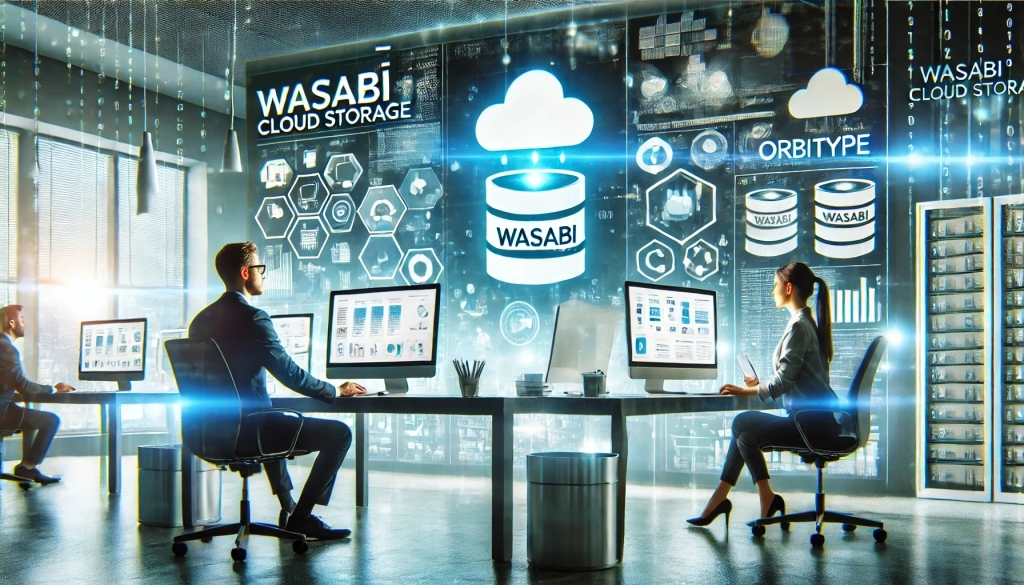
Seamless Data Management: Integrating Wasabi Cloud Storage with Orbitype
Boost your CMS performance with Wasabi Cloud Storage and Orbitype integration. Learn how this cost-effective, scalable solution enhances data management and delivers exceptional results.
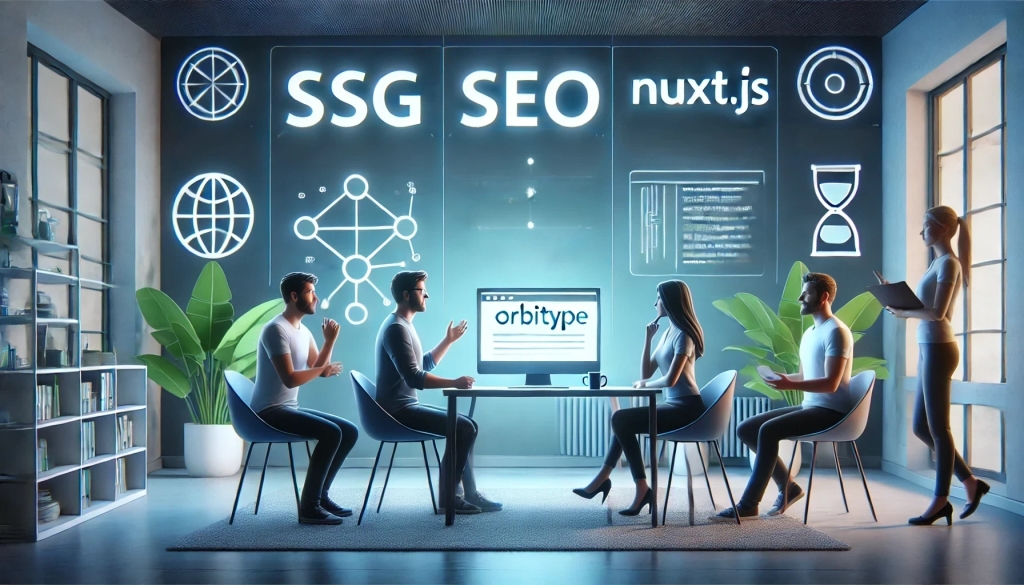
Integrating Orbitype with Nuxt.js for Optimal Performance and SEO
Leveraging Orbitype, a robust headless CMS, with Nuxt.js, a Vue.js framework, provides developers a powerful solution for building fast, SEO-optimized websites. This blog post explores how the integration of Orbitype and Nuxt.js harnesses the benefits of static site generation (SSG) and server-side rendering (SSR), thanks to Orbitype's API-driven content management system.
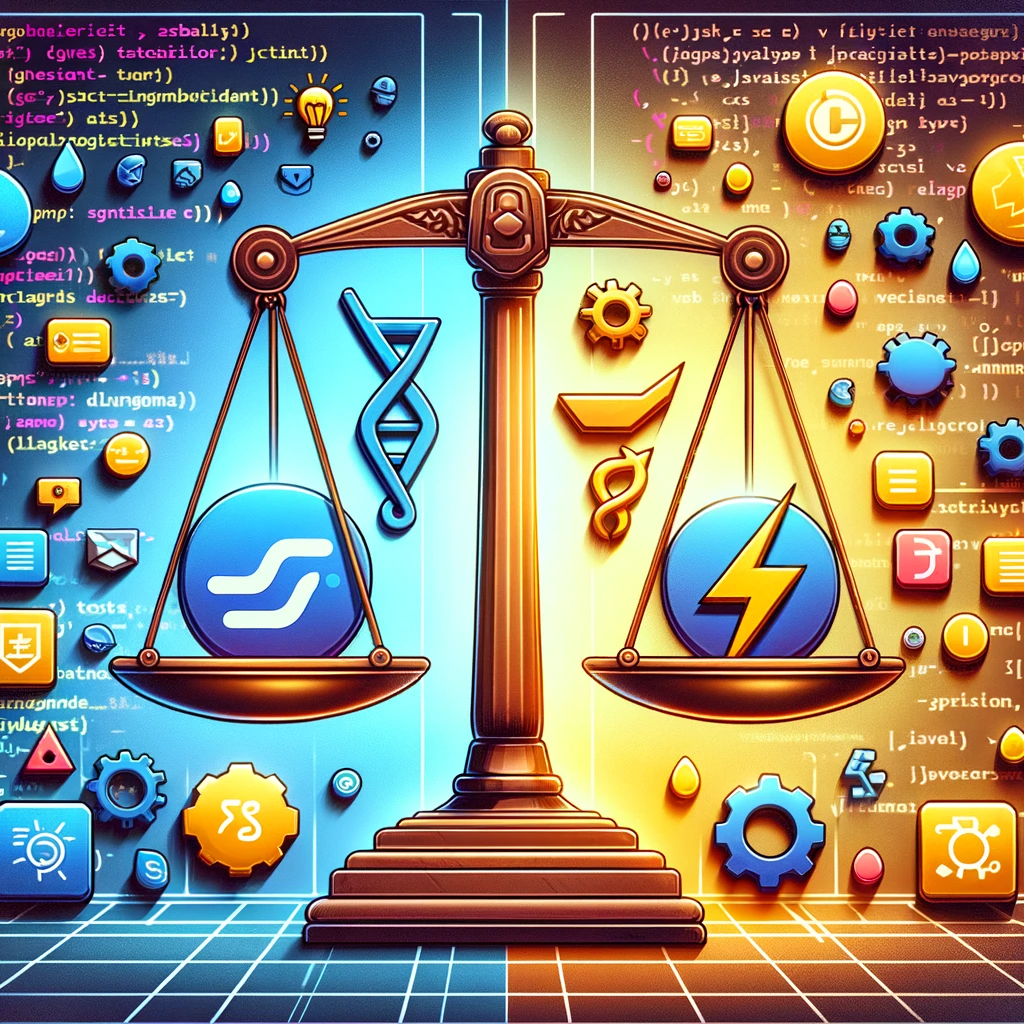
TypeScript vs. JavaScript
Discover the synergy between TypeScript and JavaScript for web development. Learn how Orbitype supports Nuxt CMS, headless CMS for Nuxt, and future-ready digital trends.
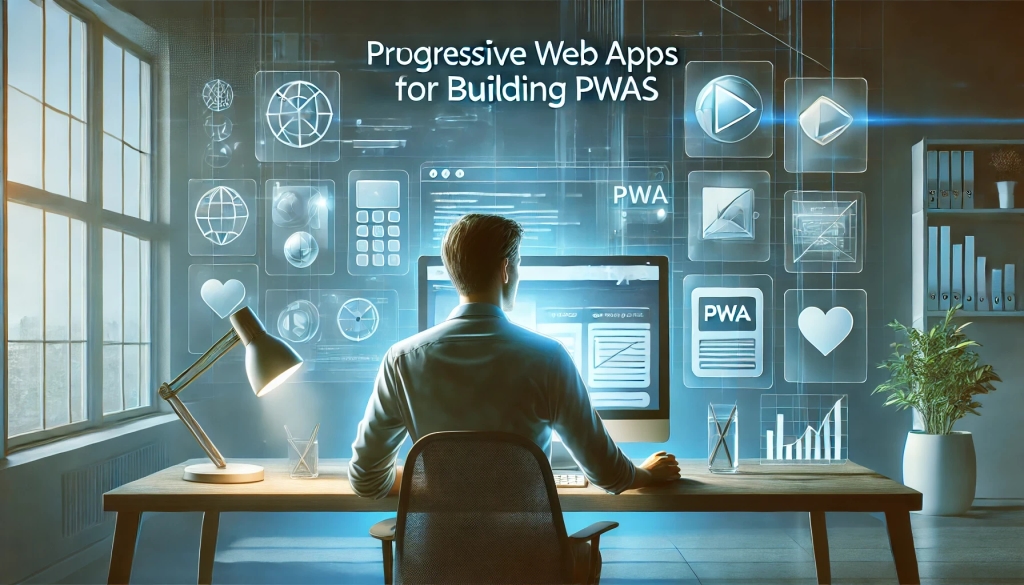
Building Progressive Web Apps (PWAs) with Orbitype
Explore how Orbitype enhances Progressive Web Apps (PWAs) with optimized performance, offline capabilities, and seamless content management for superior user experiences.
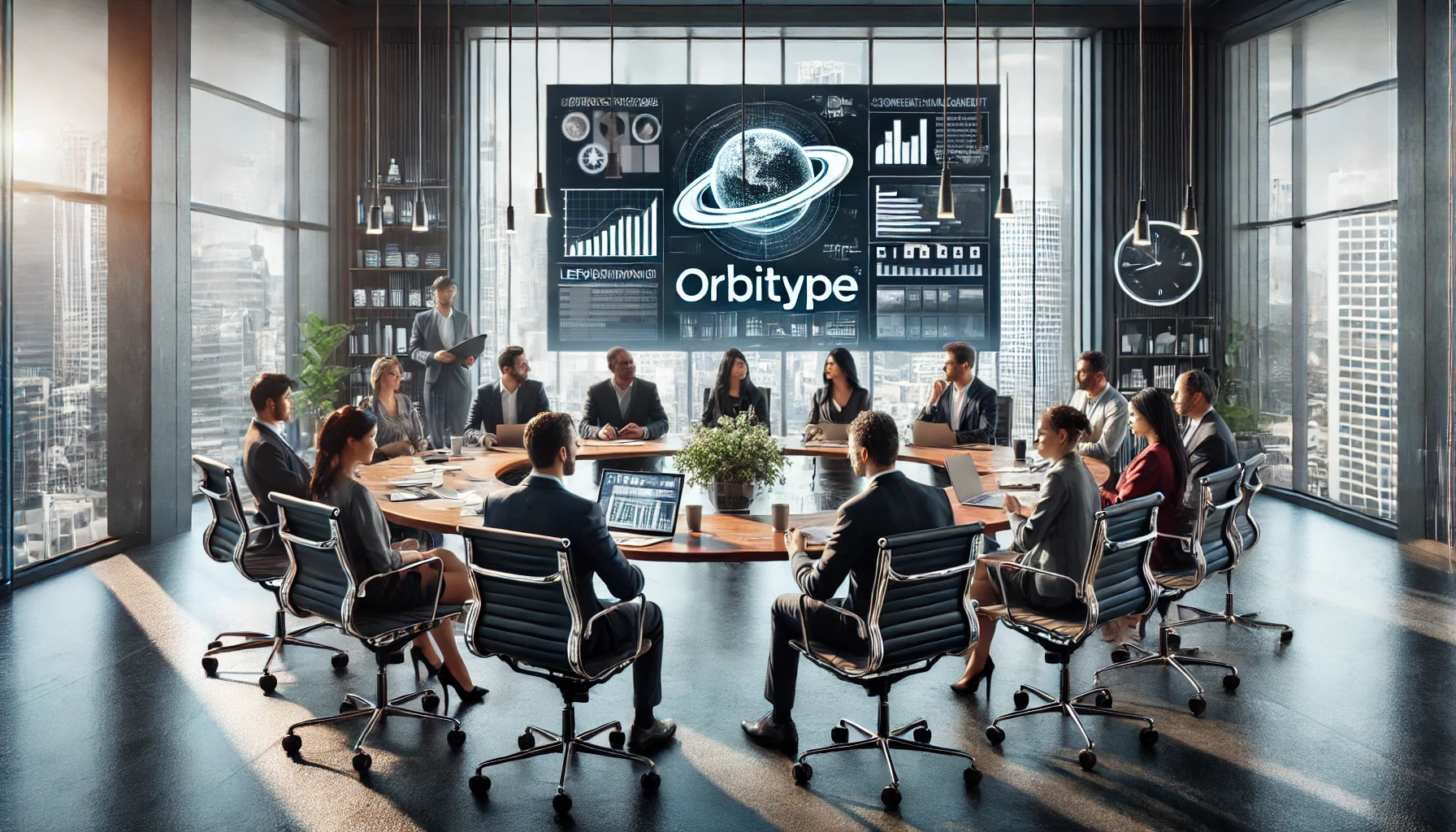
Leveraging Orbitype for Efficient Content Management in E-Commerce
nhance your e-commerce performance with Orbitype CMS. This scalable headless CMS simplifies content management, boosts SEO, and seamlessly integrates with Shopify, WooCommerce, and Magento for dynamic, flexible solutions.
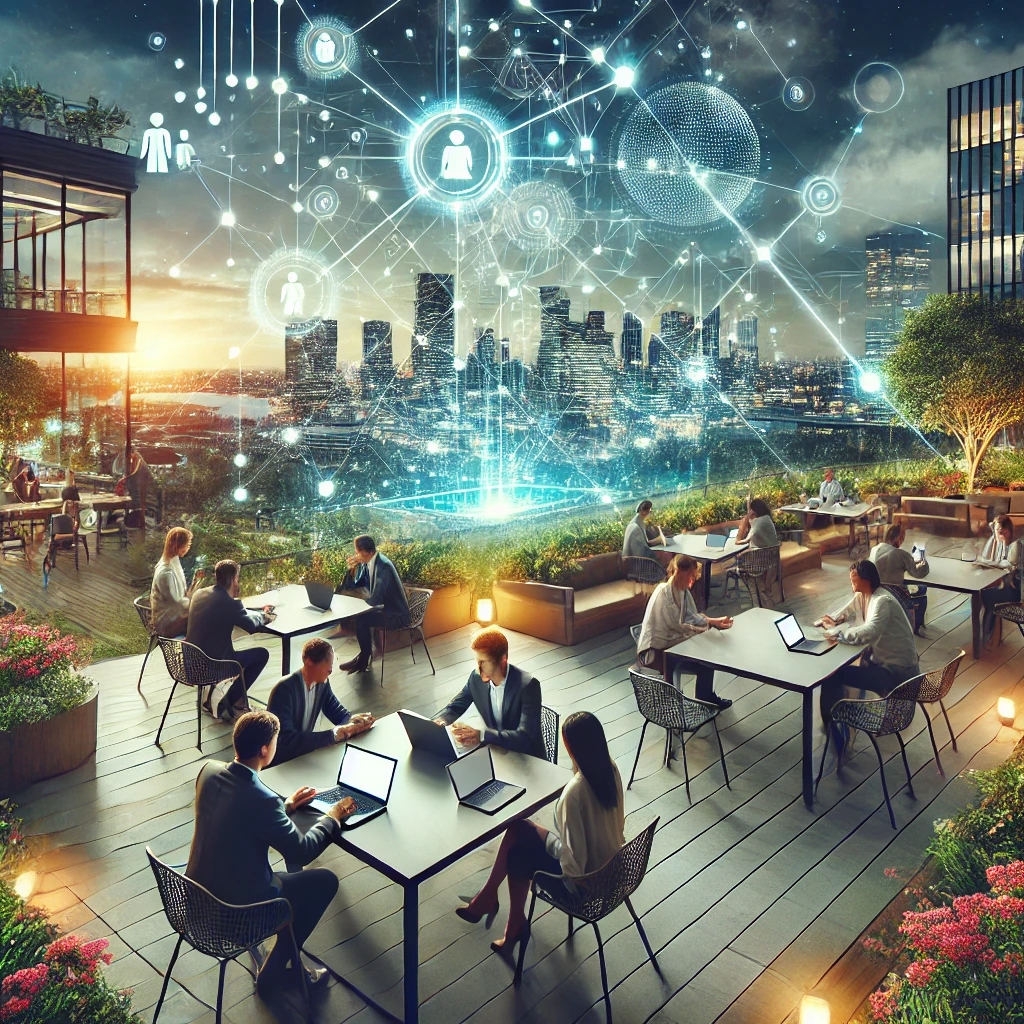
Mastering Third-Party Integrations with a Headless CMS for Efficient Workflows
Streamline workflows and scale your business with seamless third-party integrations using Orbitype's flexible headless CMS—designed for efficiency, automation, and growth.
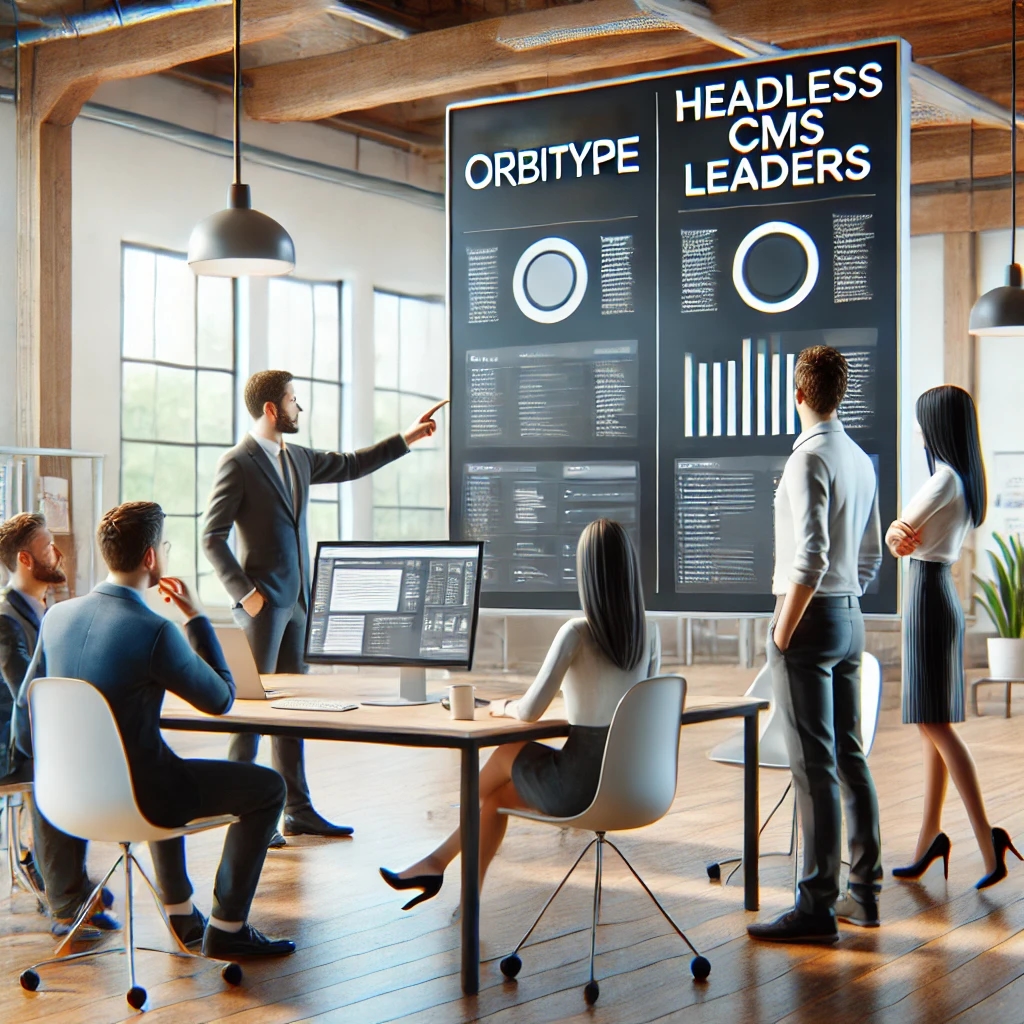
How Orbitype Compares to Headless CMS Leaders in 2025
Struggling to choose the best CMS? Discover how Orbitype compares to headless CMS leaders in 2025, solving complexity and scalability challenges with ease. Try Orbitype!
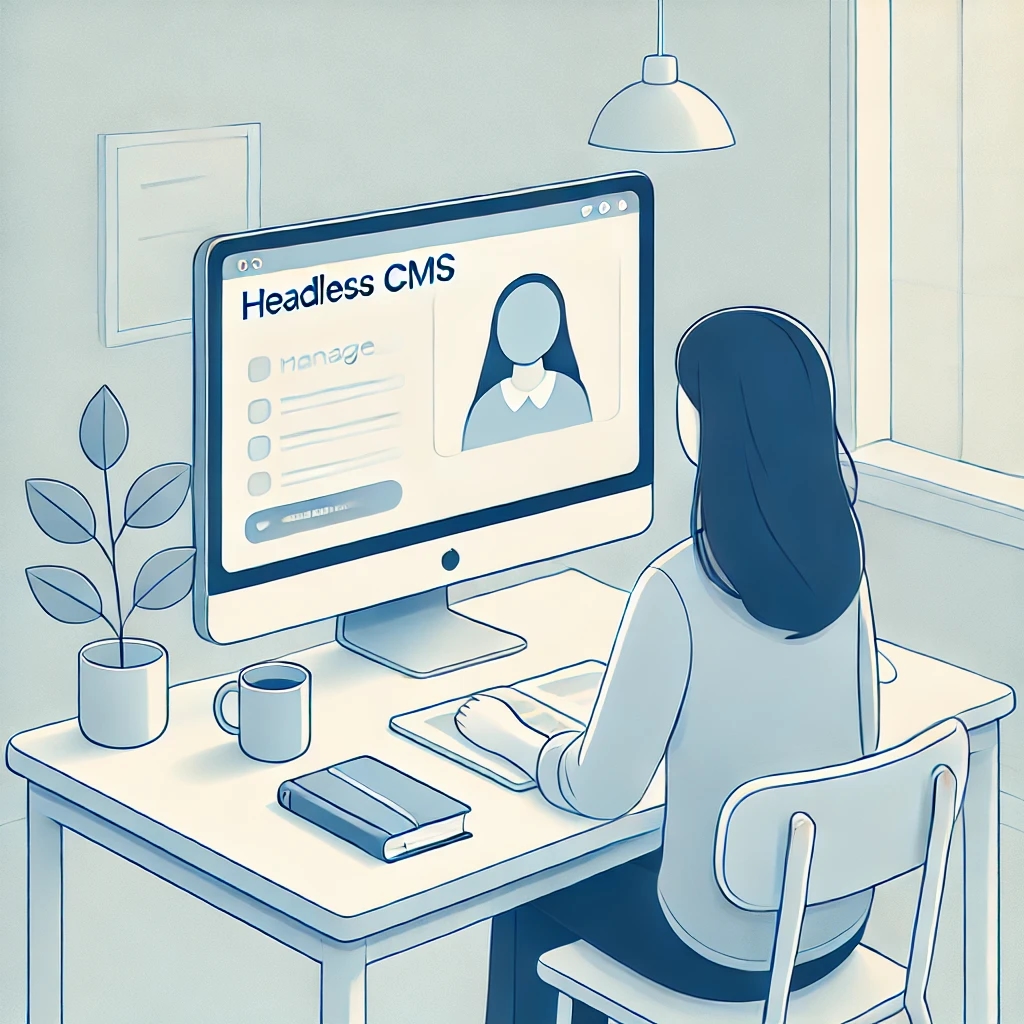
How Educational Institutions Benefit from Headless CMS for Online Learning
Enhance online learning with a Headless CMS. Discover how centralized content management, scalability, and seamless multi-channel access can transform educational platforms.
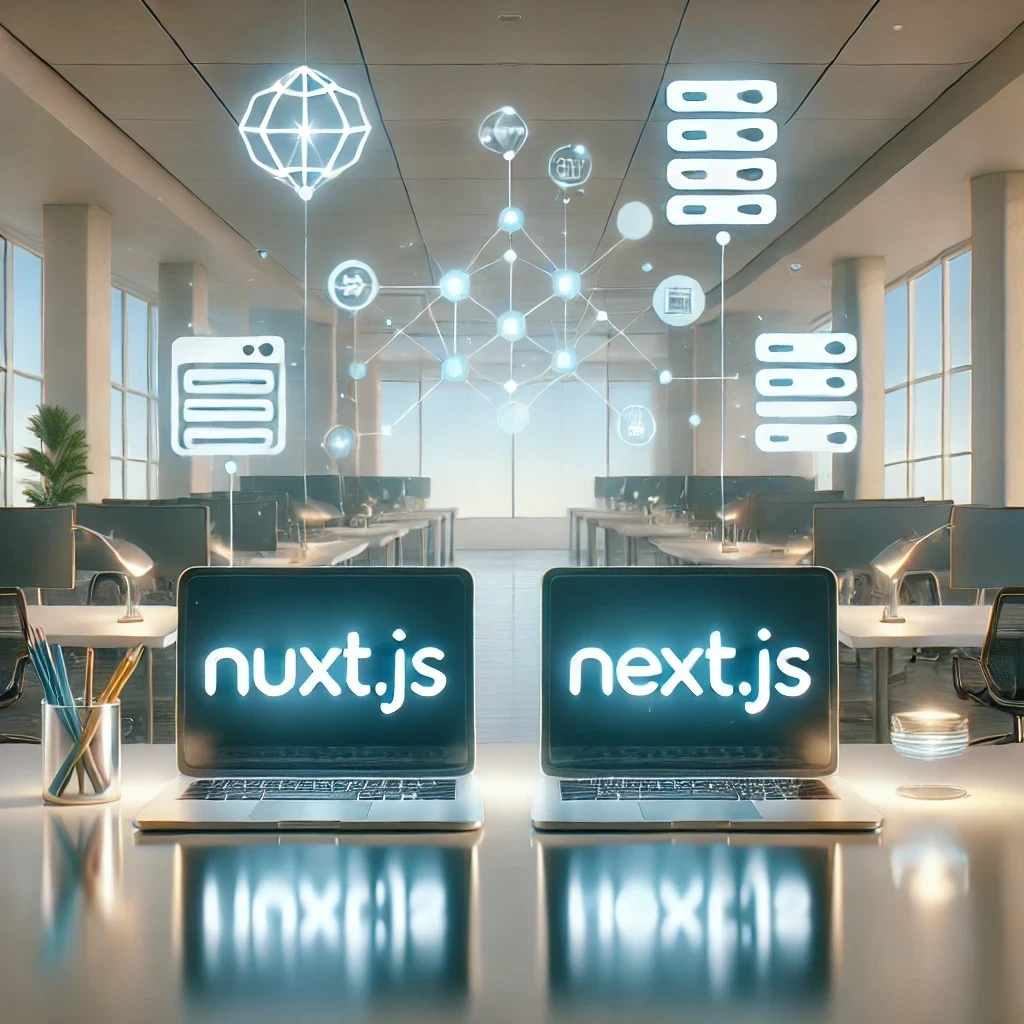
Nuxt vs Next: Which Framework Works Best with Headless CMS?
Compare Nuxt.js and Next.js to find the best frontend framework for your Headless CMS. Discover which offers better performance, scalability, and flexibility for dynamic web projects.
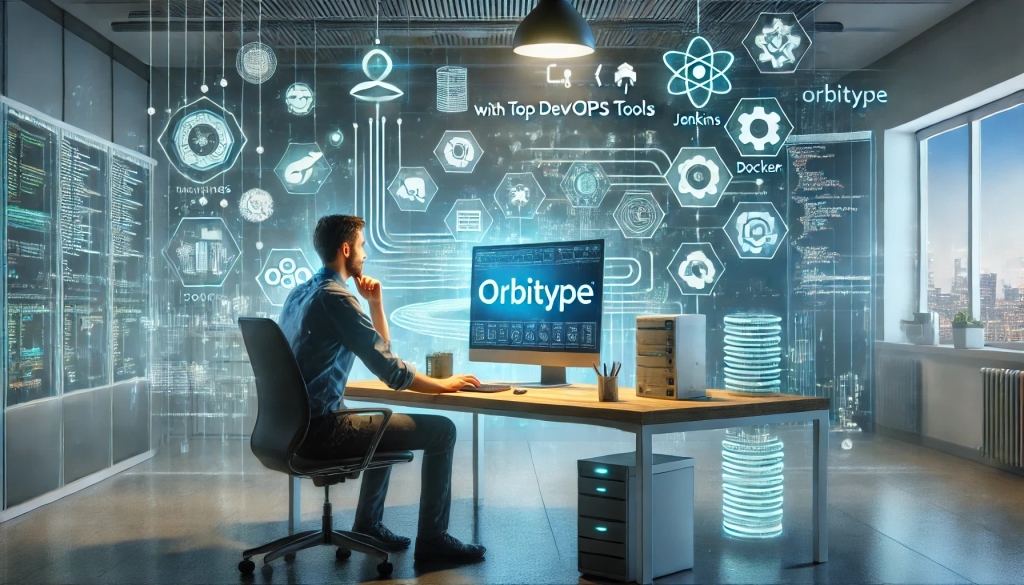
Streamlining Development: Integrating Orbitype with Top DevOps Tools
Discover how to integrate Orbitype with leading DevOps tools like Jenkins, Docker, and Kubernetes. Learn best practices for automating deployments, containerizing Orbitype, and scaling efficiently while streamlining workflows for continuous integration and delivery.
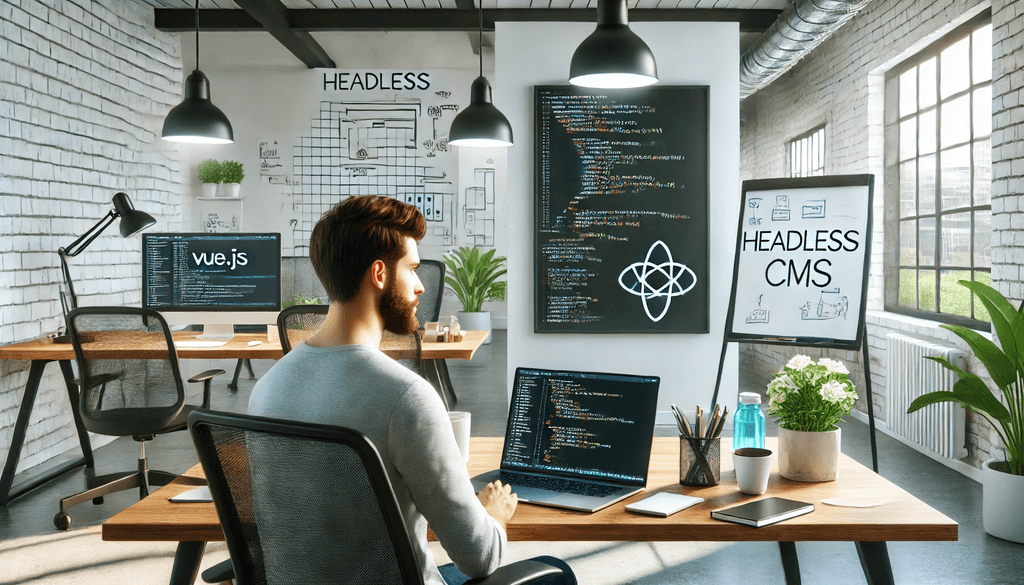
Building High-Performance Vue Apps with a Headless CMS
Discover how to optimize Vue.js apps with a Headless CMS for high performance, scalability, and SEO. Learn best practices and tools for creating dynamic web apps.

SQL or NoSQL: What's Best for Mobile Applications Using Orbitype?
Explore Orbitype, the ultimate headless CMS for React developers, offering seamless content management, enhanced performance, and flexibility to create dynamic web applications with ease. Learn how Orbitype simplifies workflows and boosts productivity.
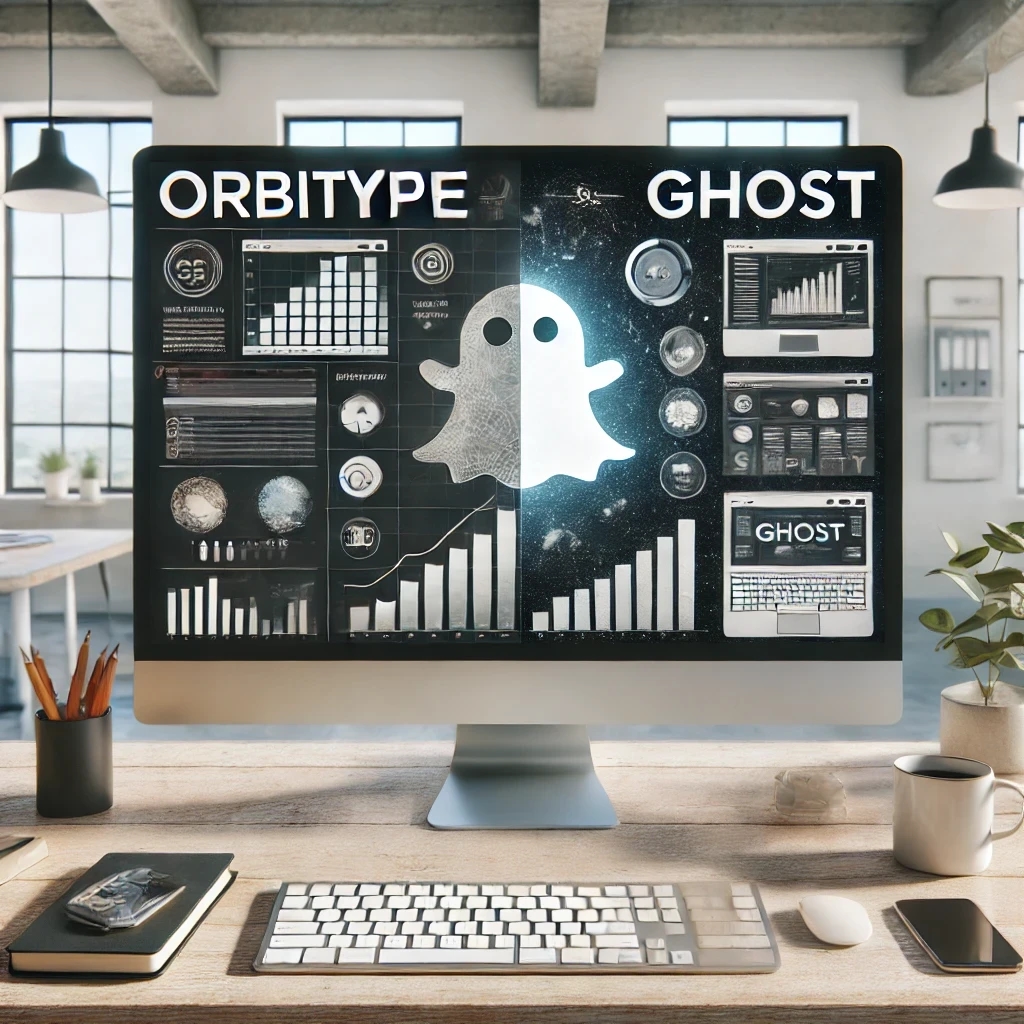
Comparing Orbitype and Ghost: Best CMS for Blogging in 2025
Compare Orbitype and Ghost to find the best CMS for blogging in 2025. Discover which platform suits your goals, from scalability to simplicity and dynamic content
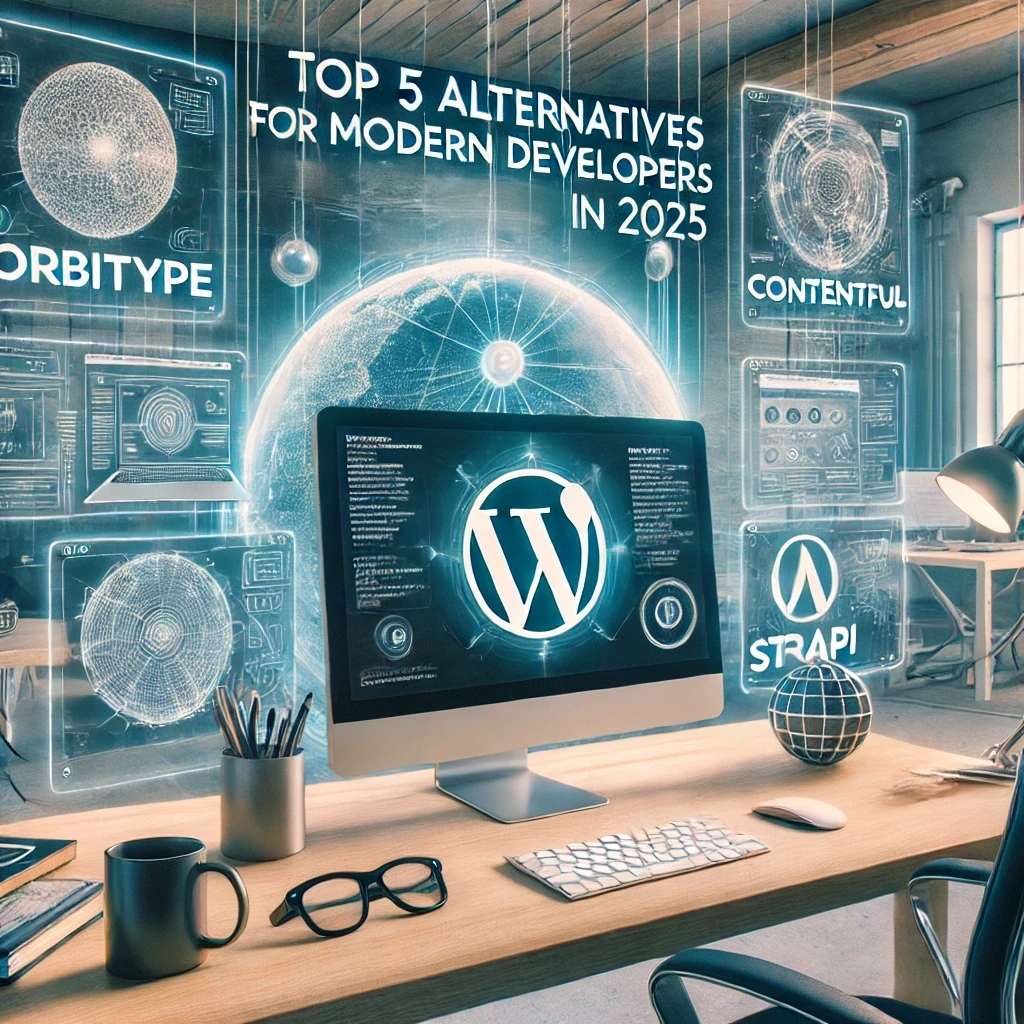
Top 5 Alternatives to WordPress for Modern Developers in 2025
Discover the top WordPress alternatives for 2025, including Orbitype, Contentful, and Strapi. Explore modern CMS platforms offering scalability, flexibility, and cutting-edge tools for developers.

Security and Compliance in Headless CMS: Focus on Orbitype
Explore headless CMS security with Orbitype: advanced authentication, data encryption, and compliance with GDPR & CCPA. Learn best practices for secure CMS operations.

10 Tips for Optimizing Core Web Vitals in Headless CMS Websites
Discover 10 actionable tips to optimize Core Web Vitals for Headless CMS websites. Improve performance, SEO, and user experience with these essential strategies.
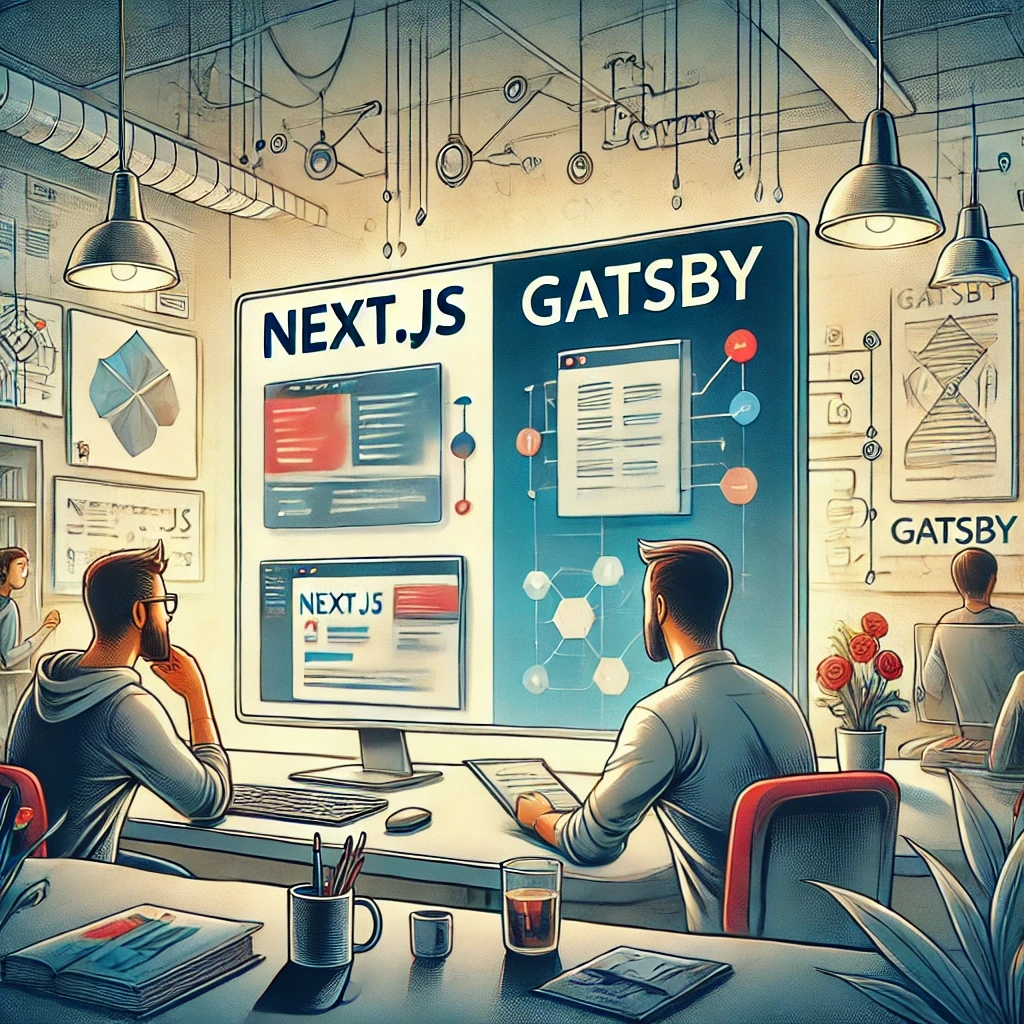
Next.js vs Gatsby: Which Works Best With a Headless CMS?
Choosing between Next.js and Gatsby can be challenging when working with a Headless CMS. This guide breaks down their strengths and helps you decide which framework works best for your dynamic or static content needs.

CMS for Vue.Js - Orbitype Headless CMS
Explore Orbitype, the best Headless CMS for Vue.js, offering seamless API integration, dynamic content management, and unmatched performance for interactive front-end development.
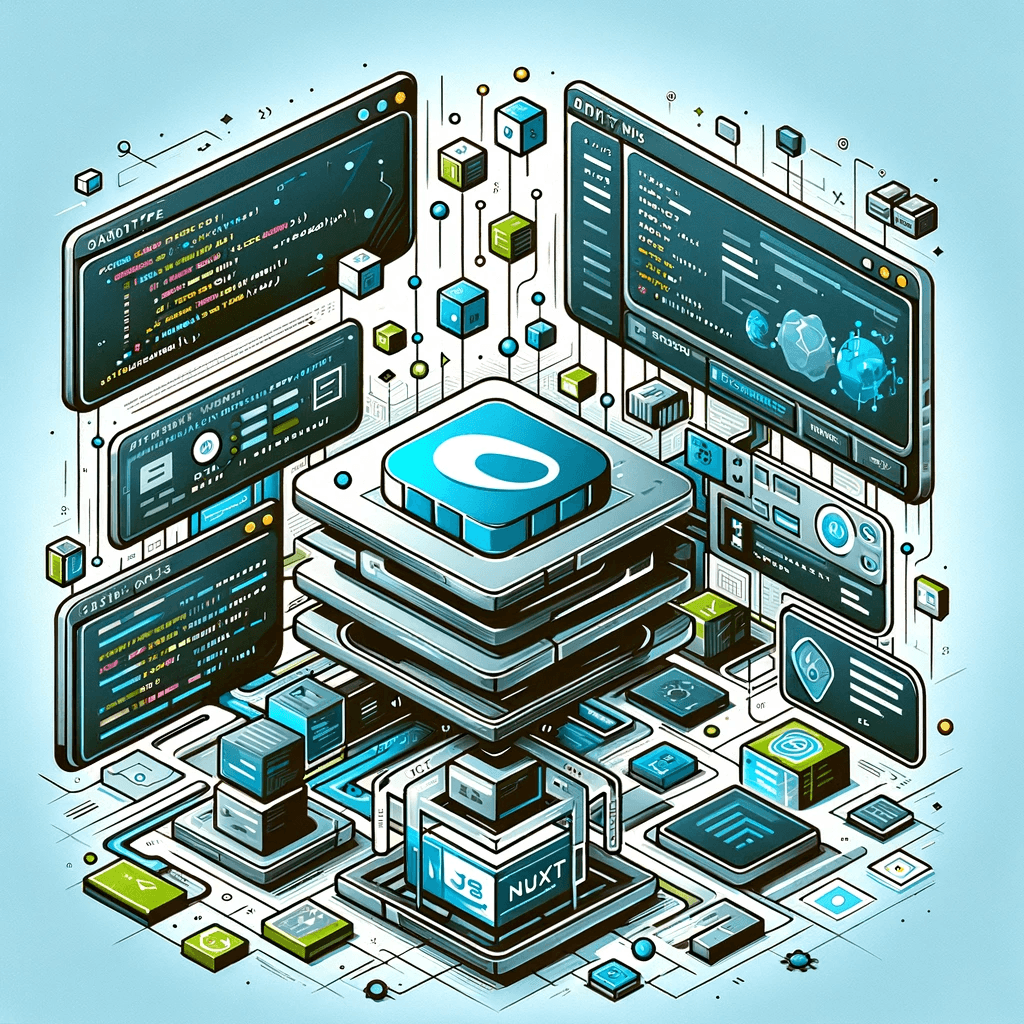
CMS for Nuxt - Orbitype Headless CMS
Optimize your Nuxt.js projects with Orbitype, the API-first Headless CMS offering scalable content management, multimedia repositories, and enhanced SEO for modern web applications.

Best Headless CMS Solutions for Portfolio and Personal Websites
Showcase your work with ease using Orbitype—the ultimate Headless CMS for portfolio and personal websites. Enjoy seamless integration, powerful customization, and SEO-friendly features designed for creators and developers.
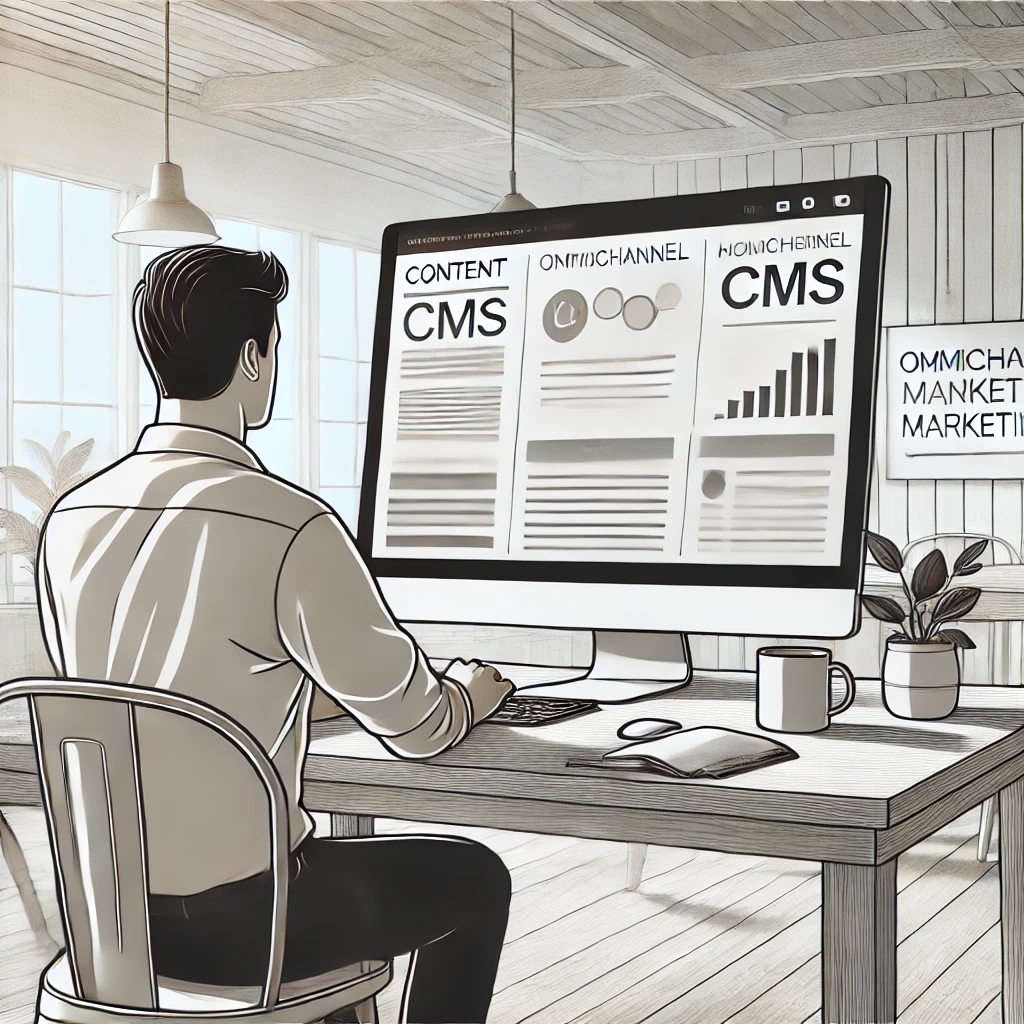
How Headless CMS Empowers Omnichannel Marketing Strategies
Boost your omnichannel marketing strategy with a Headless CMS. Centralize content management, deliver personalized customer experiences, and ensure consistency across platforms.

How to Scale Your Website with a Headless CMS for High Traffic
Scale your website effortlessly with a headless CMS like Orbitype—achieve faster load times, seamless scalability, and reliable performance during high-traffic surges
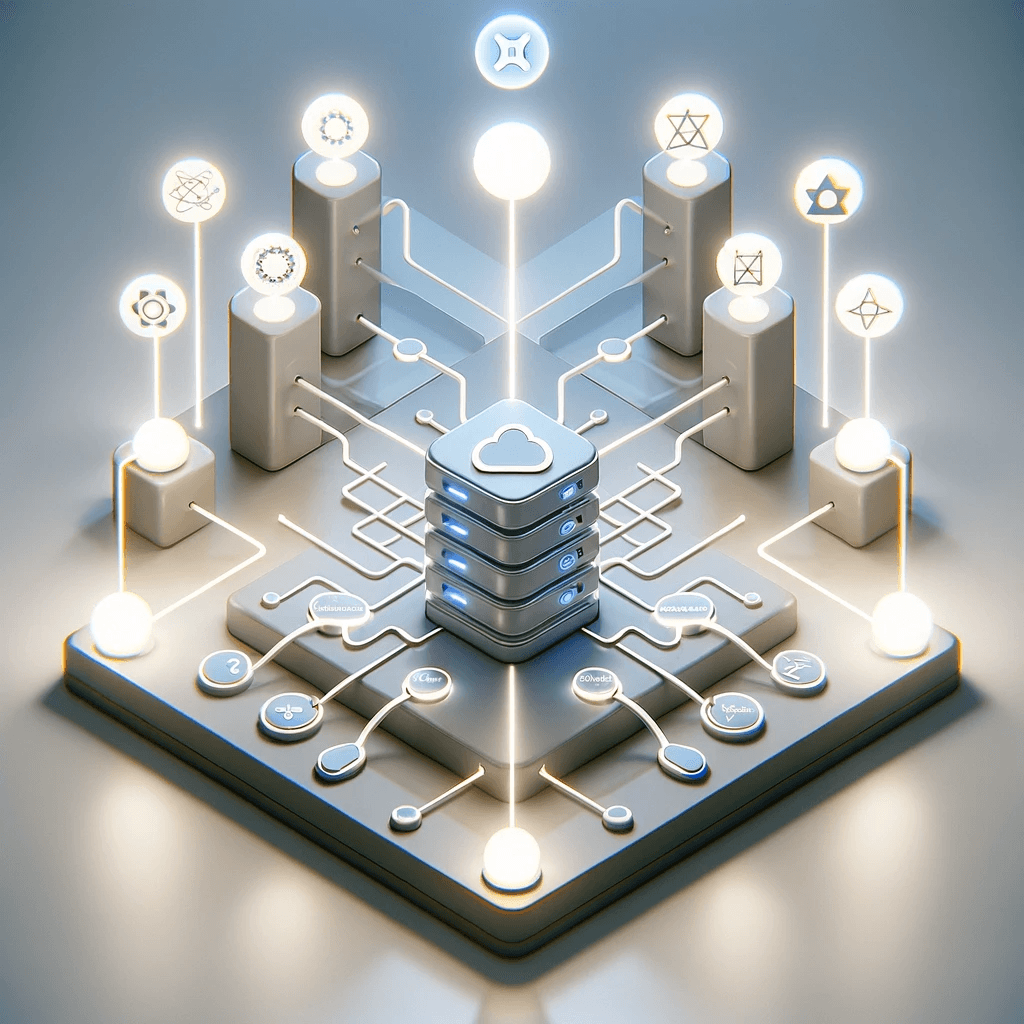
CMS for React - Orbitype Headless CMS
Orbitype is the ideal CMS for React developers, combining seamless API integration, flexible content management, and scalability to create fast, dynamic, and customizable web applications effortlessly.
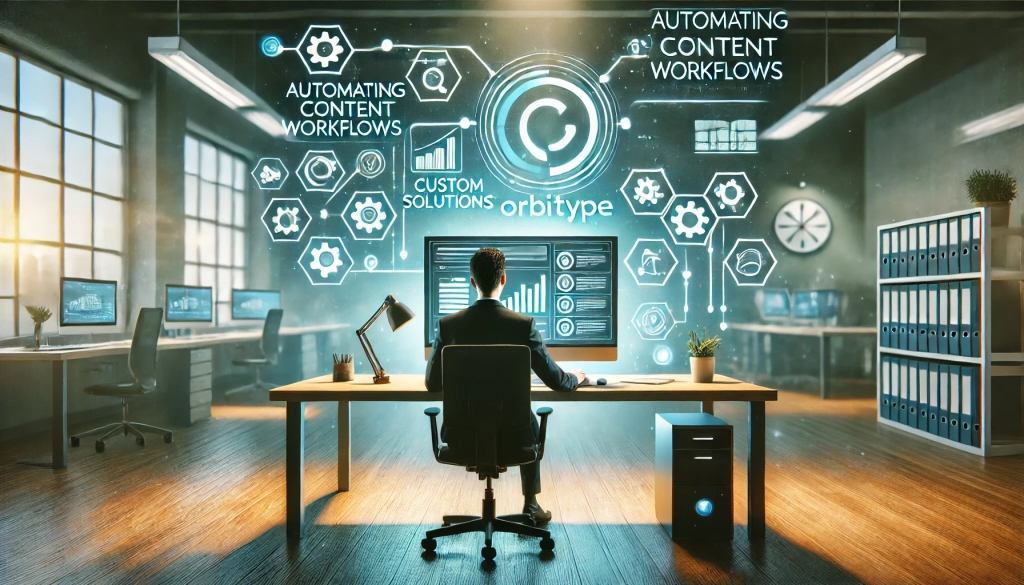
Automating Content Workflows with Orbitype’s Custom Solutions
Discover how Orbitype's custom CRM and ERP solutions revolutionize content workflows. Automate processes, reduce manual tasks, and improve productivity for software development agencies with tailored tools for seamless collaboration and efficiency.